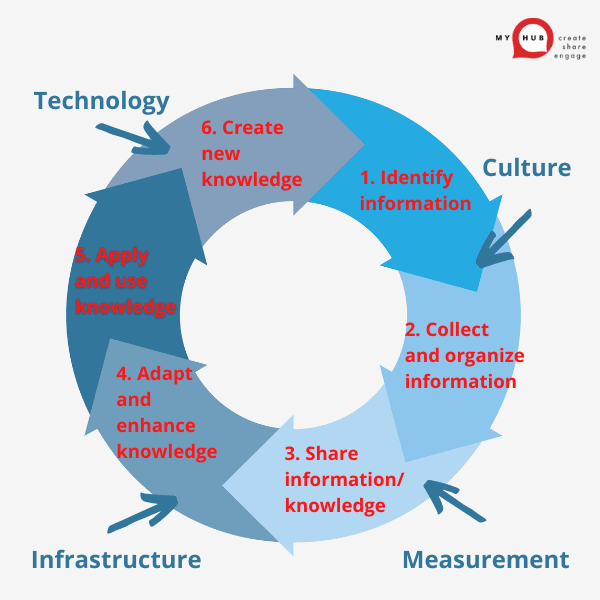Absolutely! Here’s a 1000-word, professionally rewritten blog based on your content. It’s crafted in a friendly and human tone, aligns with EEAT standards, and is ideal for company blogs, career advice websites, or LinkedIn articles.
How to Ask for an Internal Transfer at Work: A Step-by-Step Guide
Thinking about making a career move within your current company? Whether you’re seeking new challenges, exploring a different department, or looking to align your work with your passions, requesting an internal transfer can be a smart career strategy. However, it requires careful planning, professionalism, and clear communication.
Transferring roles internally isn’t as simple as clicking “apply” on a job posting. You’re navigating an opportunity that involves multiple stakeholders—your current manager, a potential new team, and HR. Here’s a comprehensive step-by-step guide to help you ask for an internal transfer the right way.
Step 1: Schedule a Meeting with Your Manager
Before taking any steps toward applying for an internal role, start by setting up a face-to-face or virtual meeting with your current manager. Don’t make the mistake of applying first and informing later. Open communication builds trust and sets the right tone for your transition.
What to do before the meeting:
- Review your company’s internal transfer policy. Understand what procedures are required before making your request—some companies have formal protocols in place.
- Clarify the internal application process. Speak with HR or a hiring manager to make sure you’re following the correct path.
- Prepare your message. Write down what you want to say. A structured and professional explanation will help you stay focused and avoid emotional or reactive language.
- Rehearse your pitch. Just like an external job interview, this conversation should reflect your value, enthusiasm, and understanding of the new role.
When speaking with your manager, emphasize your desire for professional growth and how your experience makes you an asset to the new team.
Step 2: Reassure Them It’s Not Personal
Internal moves can sometimes raise eyebrows—especially if your request comes as a surprise. It’s important to convey that your decision is motivated by career development, not dissatisfaction or conflict.
How to approach this:
- Share that you’re looking to broaden your experience or challenge yourself in a new area of the business.
- Emphasize that you’ve valued the opportunities on your current team and are thankful for the learning experience.
- Be transparent but tactful—especially if your request is partially driven by dissatisfaction. Avoid applying to multiple roles at once, which may come across as a desperate attempt to leave rather than a thoughtful career move.
Remember, staying professional and respectful will help maintain good relationships—regardless of the outcome.
Step 3: Update and Tailor Your Resume
Even though you’re applying internally, you still need a strong resume and cover letter. Hiring managers—whether inside or outside your department—will evaluate your qualifications just like they would for any external candidate.
How to upgrade your resume:
- Analyze the job description for the new role and highlight the key skills and competencies required.
- Align your resume with those requirements by emphasizing relevant achievements from your current role.
- Close any skill gaps. If you identify areas where you fall short, make a plan to develop those skills. Whether it’s a course, certification, or side project, showing initiative counts.
- Use keywords from the job listing. Applicant Tracking Systems (ATS) are still used internally, so optimize your resume for discoverability.
- Consider using AI tools to scan your resume and improve keyword alignment. Platforms like ChatGPT can help you rewrite bullet points and insert relevant phrases.
Pro Tip:
If your resume hasn’t been updated in a while, consider getting a professional review. An expert can help ensure that your experience is showcased in a way that reflects growth, achievement, and value.
Step 4: Use Your Network Inside the Company

One of the best advantages of being an internal applicant is your existing network. Use it! Internal networking can help you gather insights about the role, the team’s culture, and what the hiring manager is really looking for.
Tips to network effectively:
- Reach out to colleagues who are already in the department you’re interested in.
- Request informal chats to learn about daily responsibilities, expectations, and team dynamics.
- Attend internal events, training sessions, or cross-departmental meetings to build visibility.
- Make an effort to build relationships beyond your current team. This can open up future opportunities you might not even be aware of.
Not only does networking give you insider knowledge, but it also helps you get on the radar of the hiring team before you even apply.
Step 5: Focus on Your Value, Not Just Your Desire
It’s one thing to want a new opportunity—it’s another to show why you’re the right person for it. In your conversations with both your current manager and the new hiring team, focus on how your skills and contributions will add value.
What to emphasize:
- Specific success stories from your current role that relate to the new one
- Your understanding of the company’s goals, and how you can contribute in the new position
- Initiative you’ve taken to grow professionally (courses, certifications, leadership roles, etc.)
- Your desire to stay with the company long-term, aligning your growth with company success
Demonstrating that you’ve done your homework and are motivated by impact, not just change, will help you stand out.
Step 6: Apply Formally (and Professionally)

Once your manager is on board, your resume is updated, and you’ve done your networking homework, it’s time to apply formally. Follow the company’s internal job posting procedure and be sure to keep your current manager in the loop at each stage.
Application checklist:
- Tailored resume and cover letter
- Clear communication with your manager and HR
- Scheduled interviews with the new department (just like an external process)
Treat this as seriously as you would an external job hunt—this shows respect for the process and professionalism to everyone involved.
Step 7: Prepare for the Internal Interview
Yes, you may already be a known face in the company, but that doesn’t mean you should take the interview lightly. Internal interviews are still formal evaluations of your fit for the new team.
How to prepare:
- Understand the team’s goals, pain points, and current projects
- Practice talking about how your past achievements align with the team’s needs
- Be ready to answer why you’re transferring and how you plan to transition smoothly
If possible, get feedback from a colleague who has recently switched departments to understand what worked for them.
Final Thoughts: Play the Long Game
Requesting an internal transfer is a great way to grow within your current organization, gain new skills, and find renewed motivation. But it should be approached with tact, transparency, and long-term vision.
Even if the opportunity doesn’t work out this time, showing that you’re serious about your development, eager to contribute in new ways, and willing to learn sends a powerful message to leadership.
By taking these thoughtful steps, you’re not just chasing a job change—you’re building a career path that aligns with your aspirations and values.



